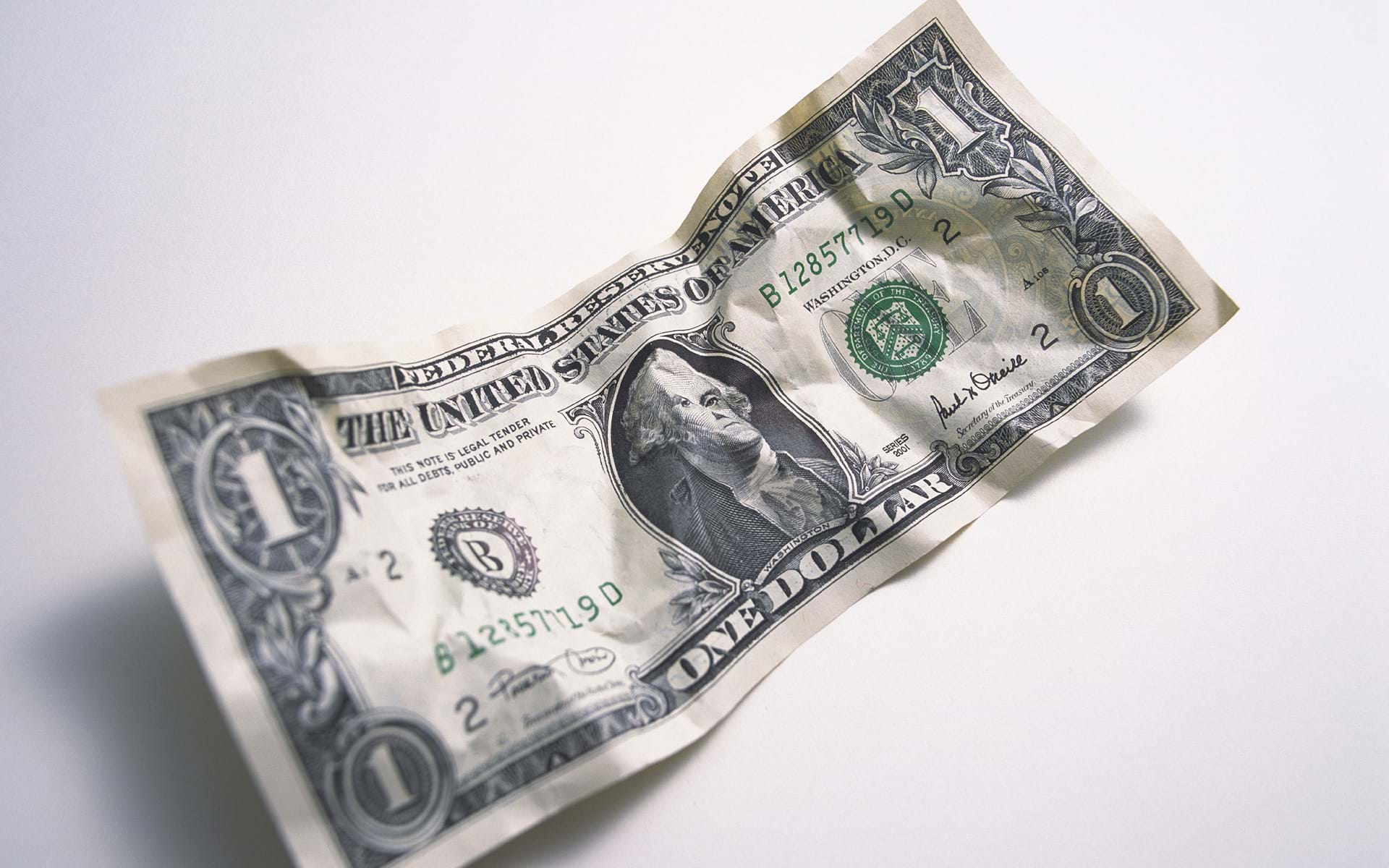As I was thinking about what topic to write about for my blog that you are reading now, the market pundits pointed out that the Dow Jones Industrial average (DJI) closed at its highest point since May 2008. So I decided to do a little research and some projections to come up with this blog.
On February 4, 2012, the DJI closed at 12,632 almost equal to the 12,638 on May 30, 2008. These numbers are still below the high for the DJI of 13,930 on October 31, 2007, and significantly up from the 7,063 close on February 27, 2009.
This blog is not to suggest that we have completely recovered from this deep recession and financial meltdown that occurred in the past 4 ½ years. What I wanted to reflect on is what would your portfolio values be today if you had held your investments during this entire period and also continued to invest in the same investments on a regular basis each month.
So I started on February 6, 2007, with $100,000 invested. I added to my portfolio by $1,000 each month on the last day of the month, and I reinvested the dividends that were paid by the investment each month. For ease of data collection and available information, I am using the Standard & Poors (S&P) Index as the investment vehicle and the average dividend yield for this index over the past five years to develop what I am presenting below.
So with a $100,000 starting point and $1,000 invested every month from February 2007 to January 2012, my total invested amount would be $161,000. The dividends during this period of time would have amounted to about $12,419, resulting in a total invested amount of $173,419. As of the close on February 3, 2012, the value of this portfolio invested in only the S&P Index would be $177,064, before any reduction for expenses of managing the portfolio. So this supports the idea that we have merely gotten back to the values in February 2007 in the S&P Index and to May 2008 for the DJI.
That is a long time for our portfolio to be gaining nothing in value. It is even harder for those of us who may be approaching retirement and have a great concern about what money we will have to live on, perhaps in a few short years. So let’s look at what options we had along the way.
For instance, if you were a diehard stay in the race at any cost person, you had a very, very bumpy road. As the markets tumbled over these years, by February 2009 you would have $129,668 invested and the market value would have been $68,383, a drop of 47.3%. That is a really hard roller coaster to be on. By staying the course in that same investment, you would be slightly above breakeven today. Not many of us would or did take that ride for the full term.
So I took a look at three different times when some of us might have decided to abandon ship. The first date was in June 2008 when the portfolio had lost 10% (that is when many people start to panic). By that time, the market value was down to $106,249. From there I invested the $1,000 each month and I assumed for this study that I would have made a 3% annual return in a safe investment (if you did this and went to purely cash, you made nowhere close to 3%). If you were still doing this today, the value would have grown to $165,231 or about $11,800 less than if you had stayed the course in the S&P investment. For that lower return, you would have had a much calmer stomach.
Next I assumed you abandoned ship in February 2009 after seeing your portfolio drop by that 47% I mentioned earlier. At that point your market value would have been at $68,384. From there I invested the $1,000 a month and earned that 3% like I did in the first example. By February 2012, your investment would have grown to $112,598, or about $64,000 less than had you stayed the course. So if you left at the bottom of the financial meltdown for the market, you have really lost as compared to staying the course.
The last example I did was to assume you stayed through this meltdown, but when the market was still down by about 20% (that is, the market had rebounded by some 40% from its low) in November 2009. At that point the portfolio was up to $114,224. From that point, I added the $1,000 per month and earned the 3% return. This grew to $150,331 by February 2012, leaving you about $27,000 less than if you had stayed in for the full ride of the past 5 years.
Now some readers will say that is all well and good, but what if I had stayed out for some of the time and then got back into the market as I felt it was time to not be so careful? The answer is you would have made up some of the losses shown here but you would also have less money than if you stayed in the entire time and had the belief that what goes down must come back up at some time.
Each of us I am sure will be on a different page on this, but I thought I would provide some food for thought.
















